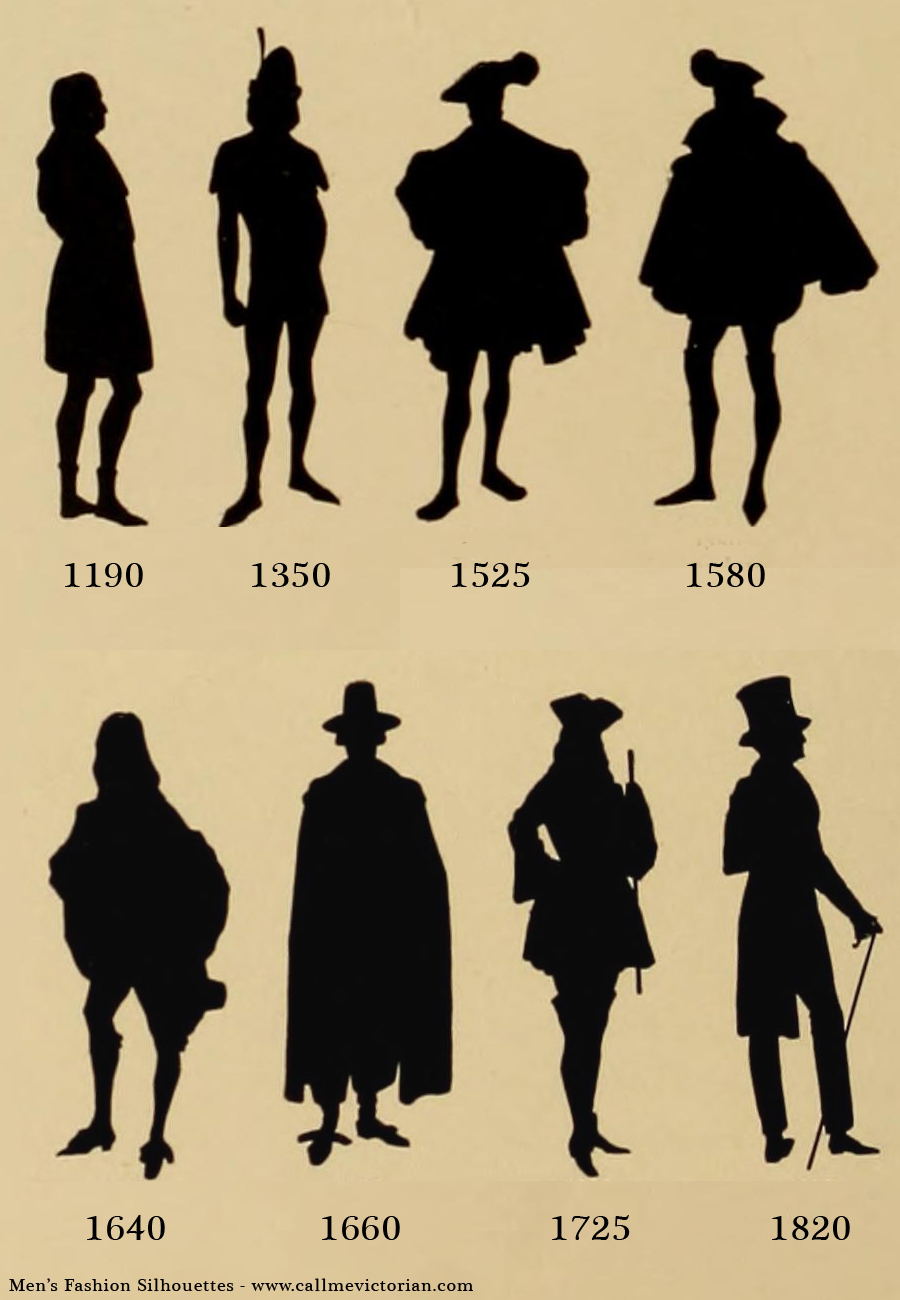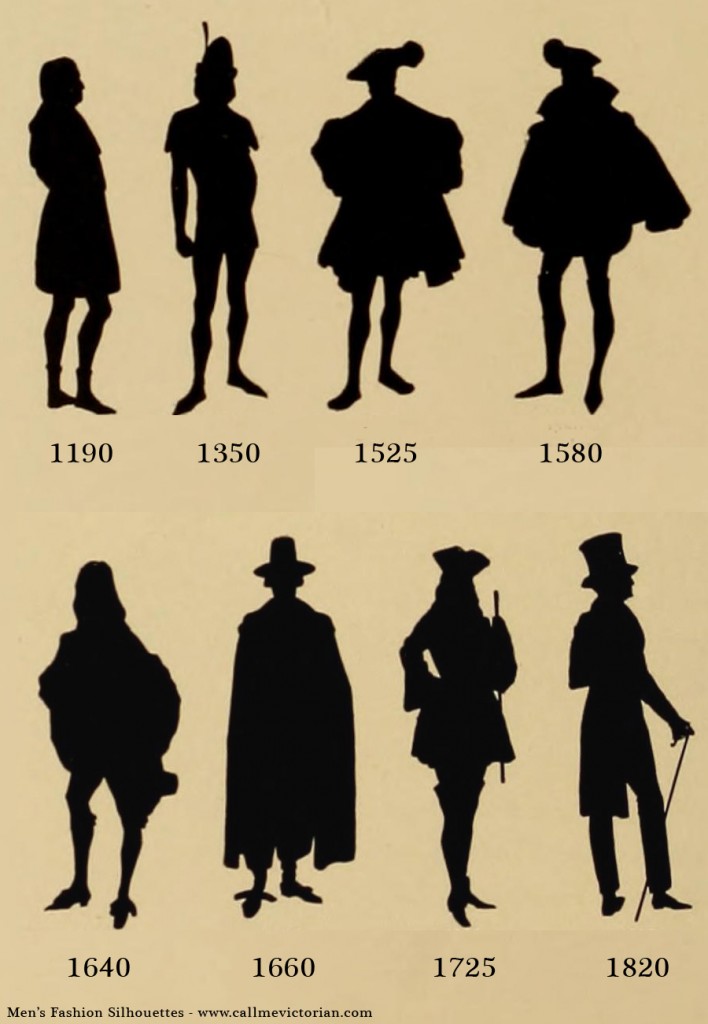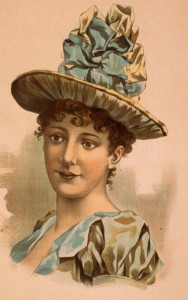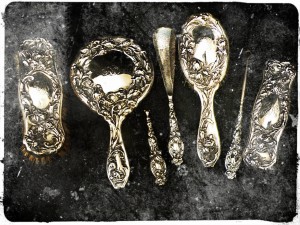A look at the history of how mens fashions have changed through the ages with silhouettes of clothing worn from 1190 to 1820. Men really knew how to show of their legs in the early years and I thought skinny jeans were the first time we’ve seen such a tight look on guys. Too bad head wear went out of style, you’d think short men would catch on that top hats are a great way to make you look taller!
Mens fashion from 1190 to 1820
Mens fashion from the late 12th century to the early 19th century went through a number of significant changes. During the medieval period, which lasted from the 12th to the 15th century, men’s clothing was heavily influenced by the styles of the nobility. Men of all social classes would wear tunics, which were long, loose-fitting garments that reached down to the knees or ankles. Over the tunic, men would wear a surcoat, a long, sleeveless coat that was often adorned with decorative embroidery or heraldic symbols. Men would also wear a variety of accessories, such as belts, brooches, and hats.
In the Renaissance period, which lasted from the 14th to the 17th century, men’s fashion became more opulent and ornate. Men would wear tightly fitted doublets, which were short, padded jackets that were worn over a shirt. They would also wear hose, which were tight-fitting trousers that were worn tucked into the doublet. Men would also wear a variety of accessories, such as ruffs, collars, and codpieces.
During the 18th century, men’s fashion underwent a significant change as the styles of the nobility began to influence fashion for men of all social classes. Men would wear knee-length breeches and long, frock coats. They would also wear waistcoats, which were a type of vest, and wigs, which were popular among men of all social classes. Men would also wear a variety of accessories, such as cravats, which were a type of necktie, and pocket watches.
In the early 19th century, men’s fashion continued to be influenced by the styles of the nobility. Men would wear long, tight-fitting trousers and a variety of coat styles, including the frock coat and the tailcoat. They would also wear waistcoats and cravats, and would often wear top hats and carry walking canes.
Overall, men’s fashion during this period was heavily influenced by the styles of the nobility, and was characterized by a focus on opulence and ornamentation. As time went on, fashion became more tailored and form-fitting, with a greater emphasis on accessories and details.




